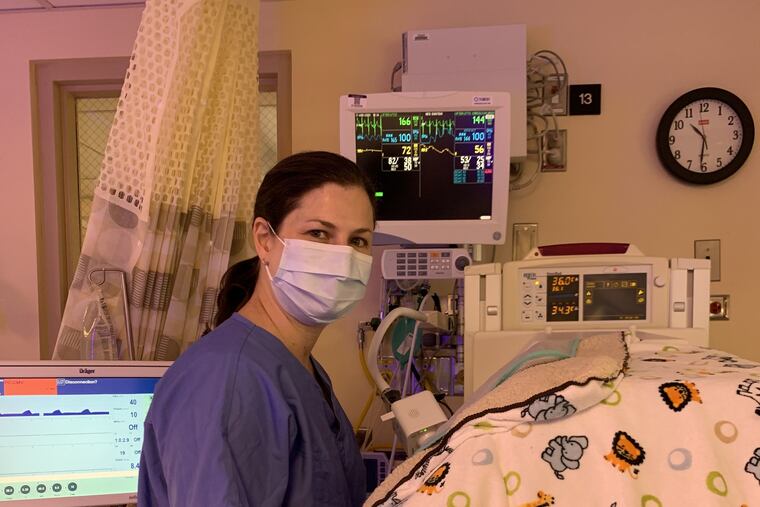In measuring a pandemic, how to account for fear? | Expert Opinion
"Sometimes, it wakes me at night. So I name it, call it out. Fear."

These days, everyone is measuring. Scientists measure the pandemic with mathematical models: cases, deaths, tests done, tests needed. Epidemiologists track ratios of ventilators to hospital beds, rates of infection, severity of cases. Politicians weigh the stimulus, tally votes. Vaccine developers count Spike glycoproteins and sequence RNA while economists track jobs lost and market gains.
Physicians, like myself, count masks by the box, gloves by the pair. Not everything is so neatly measured.
Friends and family measure loss in missed moments as their lives stagnate. Hotel reservations canceled, airline tickets rebooked, restaurants shuttered. Paychecks gone. College roommates and second cousins, moored at home and aghast at the news, text me messages of gratitude despite their own grief. Neighbors ask about the hospital over fences, across lawns; curious about my world.
Hospitals, like mine, are busy planning. The planning is measured in hourly emails, endless meetings. Lists of tasks abound: policies to revise, schedules to rework, rooms to repurpose. The words “in flux” have never held more meaning. The bustle of everything the hospital has always done continues in tandem with races to comprehend emerging evidence, determinations of best practice for a disease still in definition. Patient after patient after patient needs care. Regular, routine medical care: pregnancy, vaccines, chemotherapy, stroke. Plus, heroic, aggressive pandemic care: oxygen, intubation, ventilation, prayer.
I find myself watching video after video about donning and doffing the gowns and masks I hope will protect me. I store a single mask in a paper bag in my desk. I read articles, essays, opinions; trudge daily through an assault of information. Learning. Waiting.
Between these measured actions, I am keenly aware of an internal tension creeping into the mundane moments of my day. It coats my palms after the turn of a hospital door handle. It flutters my eyelid after an innocent scratch of my eyebrow, tickles the crook of my elbow after catching a spittle from a cough. It pools in the sweat on my chin beneath my N95 mask as I ensure the life of an infant transitioning from mother’s womb to infancy.
When I retreat from serving my patients, their families, the tightness remains. It curls my toes, tightens my chest. It drips from my body as I shower the hospital germs away. It amplifies the force of my tug at weeds in my garden, stiffens my wrist as I beat cookie dough, deepens the delight in a hug from my son.
Sometimes, it wakes me at night. So I name it, call it out. Fear.
As I name it, I understand that it is impossible to measure fear. I see it everywhere. In the downturned eyes of elderly women who push grocery carts while steadying their gaits with canes. In the empty cup of a one-legged panhandler. In the masked expression of a father visiting his son, my patient.
“This is some virus,” he says to me as he holds his child. A measured response.
The expanse of emotion, all at once unquantified and immense, begs distraction. I find comfort in the predictable pattern of springtime. Venus illuminating the westward sky after sunset. Daffodils, forsythia, buttery rays of sunshine brightening a world shut in. I feel safety in the change of season, in the familiar repetition of bloom and blossom. Just as I feel empowered by the collective action of my peers, the nurses and doctors who band together against this new contagion. Friends and colleagues from every chapter of my career reach out and reconnect.
In hospitals, we are fighting. Daily. Fear, disease, death. We must rise above ourselves, for this battle is immeasurable. I cannot quantify my exposure to a virus. None of us can. Nor can I predict if I will infect myself, my immunosuppressed husband, my sons. I cannot know when I will be asked, again, to hold hands with the dying. But I am not alone.
Rachel Fleishman is a neonatologist at Albert Einstein Medical Center Philadelphia.